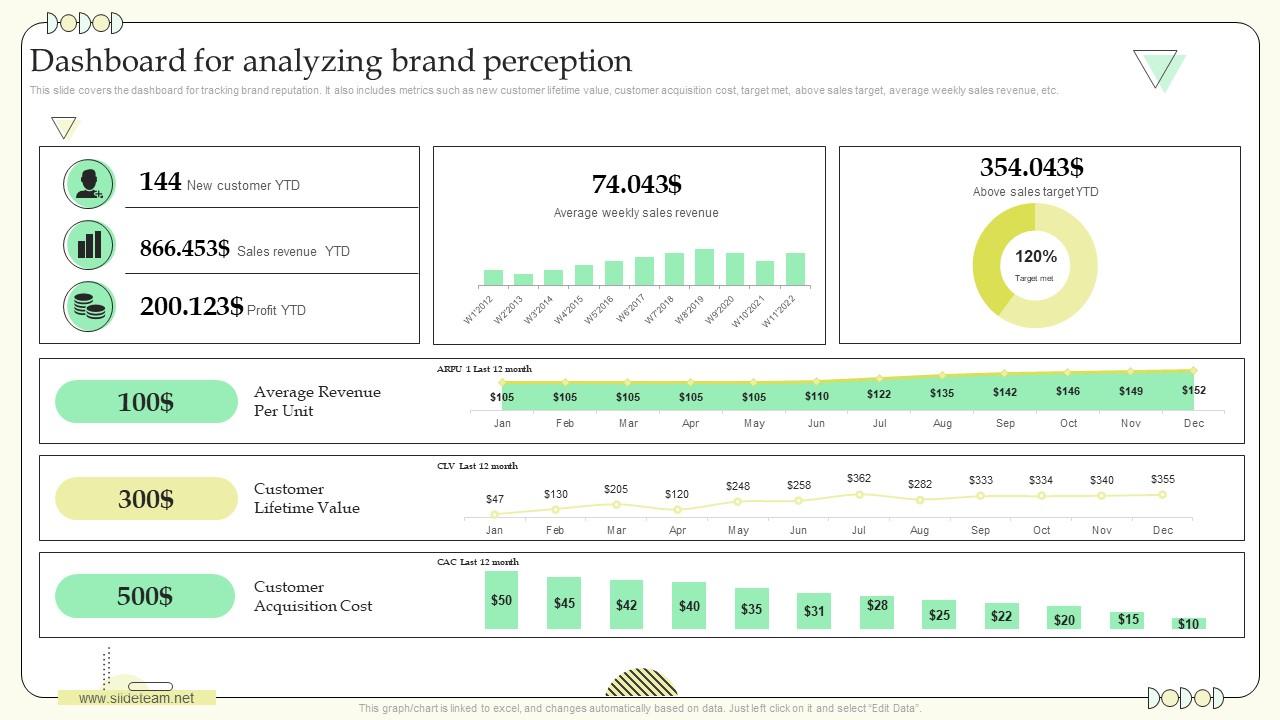Analyzing Briefs: Deconstructing Effective Communication

Table of Contents
A "brief," in the context of professional communication, is a concise document outlining the goals, objectives, and requirements of a project. This could range from a creative brief for a marketing campaign, a project brief for software development, or a technical brief for an engineering project. Regardless of the type, effectively analyzing briefs is paramount. This article focuses on the critical skill of analyzing briefs and how it directly impacts project success.
This article will equip you with the tools and techniques to dissect any brief, ensuring clear understanding and efficient execution. By the end, you will understand how to effectively analyze briefs to avoid costly mistakes and achieve optimal results.
Understanding the Purpose and Scope of the Brief
Before diving into the specifics, it’s crucial to grasp the overall purpose and scope of the brief. What is the ultimate goal? What are the desired outcomes? Identifying these fundamental aspects sets the stage for a successful project. A well-defined brief will always include:
- Clearly defined goals and measurable objectives: These provide a clear target for the project and a way to assess success. Avoid vague language; use SMART goals (Specific, Measurable, Achievable, Relevant, Time-bound).
- Target audience identification and analysis: Understanding the target audience is critical for tailoring messaging and deliverables effectively. This includes demographics, psychographics, needs, and behaviors.
- Project timeline and deadlines: Clearly established deadlines prevent scope creep and ensure timely project completion. Key milestones should be highlighted.
- Budgetary constraints and resource allocation: Understanding resource limitations helps in planning and managing the project efficiently. This should include allocated budgets for different project phases.
Failing to thoroughly understand the project scope can lead to scope creep, where the project expands beyond its initial parameters, causing delays and cost overruns. Always clarify any uncertainties by asking clarifying questions. Don't hesitate to seek further clarification if something is unclear – it’s better to ask upfront than to make assumptions.
Deconstructing the Key Components of a Well-Written Brief
A comprehensive brief typically contains several key components. Deconstructing these elements is vital for a thorough understanding:
- Background: This provides context for the project, including its history, previous attempts (if any), and relevant market information. Understanding the background helps in making informed decisions.
- Problem Statement: A clearly articulated problem or opportunity the project aims to address. This should be concise and easily understandable.
- Target Audience: A detailed description of the intended recipients, including their characteristics, needs, and preferences. The more detail, the better.
- Key Messages: The core ideas or themes to be conveyed. These messages should align with the overall project goals.
- Deliverables: Specific outputs expected from the project, clearly defined and measurable. This might include reports, presentations, marketing materials, etc.
- Metrics for Success: How the success of the project will be measured. These metrics should be quantifiable and aligned with the project objectives.
Examples of well-structured briefs can be found online from various professional organizations and marketing agencies. These examples illustrate best practices and offer valuable insights into effective brief writing. Studying these examples will greatly improve your own brief analysis skills.
Identifying Potential Gaps and Ambiguities in the Brief
Critically evaluating the brief for inconsistencies or missing information is a crucial step. Ignoring gaps can lead to misunderstandings and project failure. Look for:
- Unclear objectives or deliverables: Vague language needs to be clarified.
- Lack of sufficient background information: Missing context may hinder effective decision-making.
- Inadequate description of the target audience: An unclear understanding of the target audience can lead to ineffective messaging.
- Ambiguous or conflicting instructions: Contradictory information should be immediately flagged and clarified.
- Missing deadlines or budgetary information: Incomplete information regarding timelines and budget can lead to significant problems.
If you identify gaps or ambiguities, communicate these issues promptly and constructively to the client or project manager. A collaborative approach ensures clarity and prevents misunderstandings. Provide specific examples and suggestions for clarification.
Utilizing the Brief for Effective Communication and Collaboration
A thoroughly analyzed brief serves as the foundation for effective communication and collaboration throughout the project lifecycle. This results in:
- Shared understanding of project goals: Everyone is on the same page regarding the project objectives.
- Streamlined workflow and increased efficiency: Clear expectations lead to more efficient task management.
- Reduced risk of misunderstandings and errors: Thorough understanding minimizes potential mistakes.
- Improved collaboration and teamwork: Shared understanding fosters better teamwork and collaboration.
The brief should act as a central reference point throughout the project. Regularly refer to it to ensure everyone remains aligned with the project's goals and requirements. This proactive approach significantly contributes to project success.
Conclusion: Mastering Brief Analysis for Project Success
Mastering brief analysis involves understanding the purpose and scope, deconstructing the components, identifying potential gaps, and utilizing the brief for effective communication. By following these steps, you can significantly reduce the risk of project failures. Analyzing briefs meticulously is not merely a best practice; it's essential for successful project delivery.
To improve your brief analysis skills, consistently employ these techniques in your future projects. Become an expert in analyzing briefs and contribute to improved communication and overall project success. Mastering brief analysis is a valuable skill that will benefit your career significantly.

Featured Posts
-
 Freddie Flintoffs Car Crash A Disney Documentary Unveiled
May 23, 2025
Freddie Flintoffs Car Crash A Disney Documentary Unveiled
May 23, 2025 -
 Last Wicket Stand Saves Crawley From Gloucestershire Defeat
May 23, 2025
Last Wicket Stand Saves Crawley From Gloucestershire Defeat
May 23, 2025 -
 Siren Trailer Julianne Moore Responds To Monster Accusations
May 23, 2025
Siren Trailer Julianne Moore Responds To Monster Accusations
May 23, 2025 -
 Big Rig Rock Report 3 12 And Laser 101 7 Understanding The Data
May 23, 2025
Big Rig Rock Report 3 12 And Laser 101 7 Understanding The Data
May 23, 2025 -
 Big Rig Rock Report 3 12 Trucking News From Rock 106 1
May 23, 2025
Big Rig Rock Report 3 12 Trucking News From Rock 106 1
May 23, 2025
Latest Posts
-
 New Siren Trailer Features Julianne Moore But Is She A Monster
May 23, 2025
New Siren Trailer Features Julianne Moore But Is She A Monster
May 23, 2025 -
 Noul Serial Netflix O Distributie De Oscar Garanteaza Succesul
May 23, 2025
Noul Serial Netflix O Distributie De Oscar Garanteaza Succesul
May 23, 2025 -
 Netflixs New Drama Series A Darkly Funny Collaboration With A White Lotus Star And Oscar Winner
May 23, 2025
Netflixs New Drama Series A Darkly Funny Collaboration With A White Lotus Star And Oscar Winner
May 23, 2025 -
 Siren Trailer Julianne Moore Responds To Monster Accusations
May 23, 2025
Siren Trailer Julianne Moore Responds To Monster Accusations
May 23, 2025 -
 Netflix Ridica Stacheta Noul Serial Promite O Distributie De Exceptie
May 23, 2025
Netflix Ridica Stacheta Noul Serial Promite O Distributie De Exceptie
May 23, 2025
